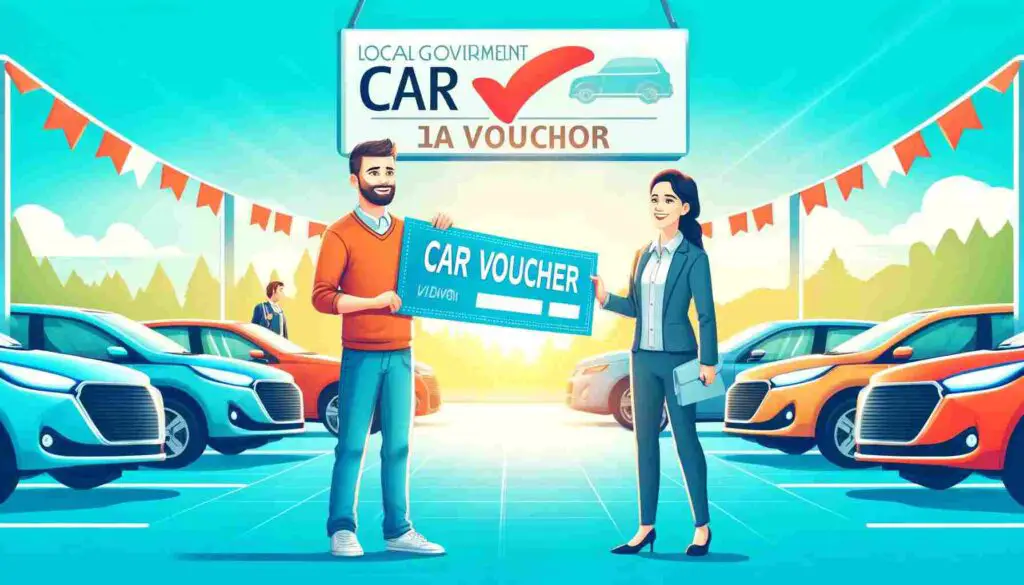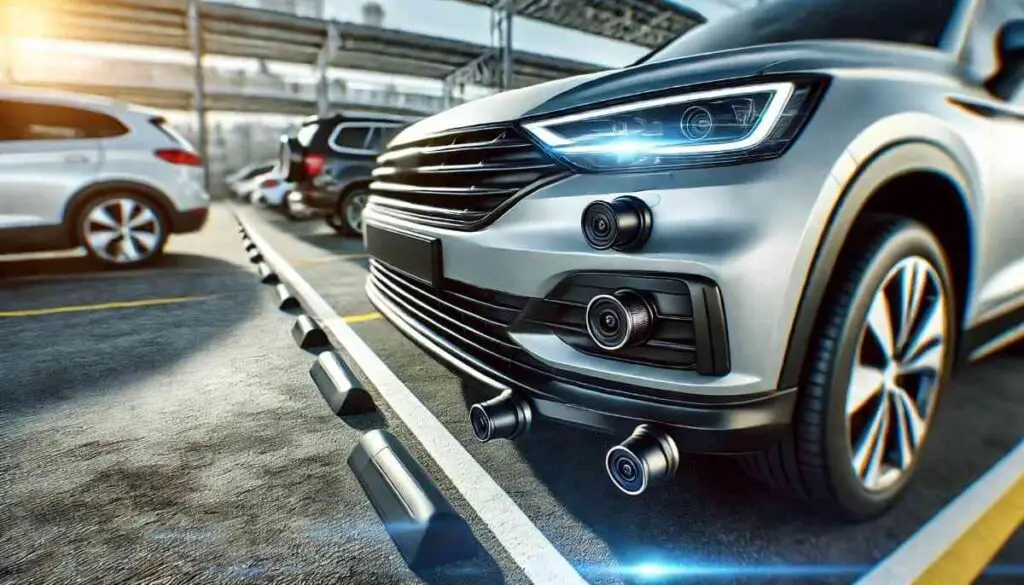In recent years, convertible cars have surged in popularity, captivating enthusiasts with their blend of style, freedom, and open-air driving experience. Choosing the right convertible and understanding leasing options are crucial steps in embarking on this exhilarating journey.
Understanding Convertibles
What are Convertible Cars?
Convertibles, also known as cabriolets or drop-tops, are automobiles with retractable roofs that can be opened or closed, allowing passengers to experience the thrill of driving with the wind in their hair.
Types of Convertible Roofs: Soft-Top vs. Hardtop
Soft-top convertibles feature fabric roofs that can be manually or electronically folded down, offering a classic aesthetic and lightweight design. On the other hand, hardtop convertibles boast retractable metal roofs for added security and insulation, ideal for all-weather driving.
Benefits of Driving a Convertible
Driving a convertible provides a unique sensory experience, allowing occupants to feel more connected to the surrounding environment while enjoying panoramic views and fresh air. Convertibles also evoke a sense of freedom and adventure, making every journey memorable.
Leasing vs. Buying: Making the Right Choice
Pros and Cons of Leasing a Convertible
Leasing offers flexibility and affordability, allowing drivers to enjoy the latest convertible models without the long-term commitment of ownership. However, lessees must adhere to mileage restrictions and face additional fees for excess wear and tear.
Advantages of Leasing for Convertible Enthusiasts
For convertible enthusiasts, leasing provides an opportunity to regularly upgrade to newer models with advanced features and technologies, ensuring they always stay ahead of the curve in style and performance.
Factors to Consider Before Deciding to Lease
Before opting for a lease, prospective lessees should carefully evaluate their driving habits, budgetary constraints, and long-term goals to determine if leasing aligns with their lifestyle and preferences.
Finding the Perfect Soft-Top
Researching Convertible Models
Thorough research is essential when selecting a soft-top convertible, considering factors such as brand reputation, performance ratings, and available amenities to find the perfect match.
Key Features to Look for in a Soft-Top Convertible
When evaluating soft-top convertibles, prioritize features like weatherproofing, sound insulation, and advanced safety technologies to enhance comfort and driving enjoyment.
Popular Soft-Top Convertible Models in the Market
Several soft-top convertible models stand out in the market, including the iconic Mazda MX-5 Miata, the luxurious BMW 4 Series Convertible, and the sporty Audi A5 Cabriolet, each offering unique styling and performance characteristics.
Budgeting for Your Lease
Understanding the Costs Associated with Leasing a Convertible
Lease costs typically include monthly payments, upfront fees, taxes, and insurance premiums, so it’s crucial to calculate the total expenses and ensure they fit within your budget.
Factors Affecting Lease Pricing
Lease pricing is influenced by various factors, such as the vehicle’s residual value, depreciation rate, lease term, and prevailing interest rates, so lessees should negotiate favorable terms to secure a competitive deal.
Tips for Negotiating Lease Terms and Pricing
Lessees can negotiate lease terms and pricing by researching incentives, comparing offers from multiple dealerships, and leveraging their creditworthiness to secure lower interest rates and reduced fees.
Choosing the Right Lease Terms
Lease Duration: Short-Term vs. Long-Term Leases
When selecting lease terms, consider factors like anticipated mileage, future vehicle needs, and financial stability to determine whether a short-term or long-term lease better suits your lifestyle and preferences.
Mileage Limitations and Penalties
Most leases impose mileage restrictions to control depreciation, with penalties for exceeding the agreed-upon mileage limit, so it’s essential to accurately estimate your driving habits and negotiate a suitable mileage allowance.
Exploring Lease-End Options: Buyout, Return, or Lease Extension
At the end of the lease term, lessees have several options, including purchasing the vehicle outright, returning it to the dealership, or extending the lease for an additional period, depending on their preferences and financial circumstances.
Insurance Considerations
Importance of Comprehensive Insurance Coverage
Comprehensive insurance coverage is essential for protecting leased convertibles against theft, vandalism, accidents, and natural disasters, providing peace of mind and financial security for lessees.
Factors Affecting Convertible Insurance Rates
Convertible insurance rates are influenced by factors such as the vehicle’s make and model, driving history, geographic location, and coverage options, so it’s advisable to shop around for competitive quotes and discounts.
Tips for Finding Affordable Insurance for Leased Convertibles
To lower insurance premiums, consider bundling policies, increasing deductibles, maintaining a clean driving record, and installing anti-theft devices, as these measures can qualify for discounts and reduce overall costs.
Preparing for the Lease Agreement
Understanding the Lease Agreement Terms and Conditions
Before signing the lease agreement, carefully review all terms and conditions, including lease duration, mileage restrictions, maintenance responsibilities, and potential fees for early termination or excessive wear and tear.
Clarifying Lease Terms and Potential Fees
Seek clarification on any ambiguous or unfamiliar lease terms, and inquire about potential fees for excess mileage, vehicle modifications, or lease-end obligations to avoid unexpected charges and disputes.
Tips for Inspecting the Convertible Before Signing the Lease
Prior to finalizing the lease agreement, conduct a thorough inspection of the convertible, checking for any cosmetic damage, mechanical issues, or missing accessories, and document any discrepancies to prevent disputes during lease-end inspections.
Maintaining Your Soft-Top Convertible
Regular Cleaning and Maintenance Routines
To preserve the beauty and performance of your soft-top convertible, establish a regular cleaning and maintenance regimen, including washing the exterior, conditioning the fabric roof, and treating the interior surfaces to prevent wear and tear.
Protecting the Convertible Roof from Wear and Tear
Apply specialized fabric protectants and UV inhibitors to the convertible roof to safeguard against fading, discoloration, and water damage, prolonging its lifespan and maintaining its pristine appearance.
Tips for Storing the Convertible During Unfavorable Weather Conditions
During inclement weather or extended periods of inactivity, store the convertible in a covered garage or carport, or utilize a weatherproof car cover to shield it from rain, snow, and harmful UV rays, minimizing potential damage and deterioration.
Enjoying the Convertible Experience
Embracing the Thrill of Driving a Soft-Top Convertible
Experience the sheer joy and exhilaration of driving a soft-top convertible, relishing the sensation of open-air motoring, responsive handling, and effortless acceleration, whether cruising along scenic coastlines or navigating winding mountain roads.
Planning Convertible-Friendly Road Trips and Adventures
Embark on unforgettable road trips and adventures in your soft-top convertible, exploring picturesque destinations, attending car club events, and connecting with fellow enthusiasts to share experiences and create lasting memories.
Connecting with the Convertible Community
Join online forums, social media groups, and enthusiast clubs dedicated to convertible ownership, where you can exchange tips, recommendations, and stories with like-minded individuals who share your passion for open-air motoring and automotive culture.









